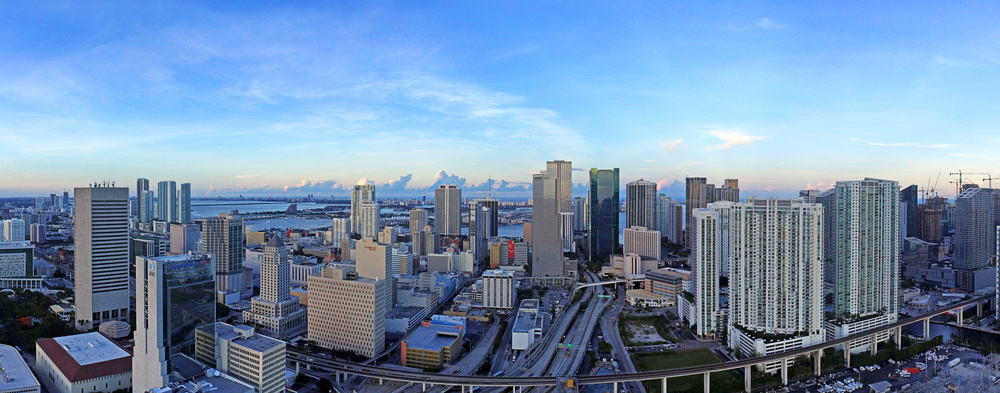Trending
Miami City Commission approves developer incentives for workforce housing

Residential developers in the city of Miami who set aside condos or apartments for working class stiffs will receive substantial increases in density for their projects.
The Miami City Commission voted 3-0 on Thursday to approve the measure that grants density bonuses to residential projects that include units designated as workforce and affordable housing.
“This is exactly what we need,” said commissioner Frank Carrollo. “We will be wasting an opportunity if we don’t move forward and make sure this housing crisis we are facing is tackled with innovative thinking.”

Albert Milo
Albert Milo, principal and vice president of Related Urban Development Group, said the measure is necessary in order for developers to build residential projects blue collar workers can afford. “We think it is very forward thinking,” Milo said. “Without this type of carrot [for developers], what you are telling young adults is that you can go to college, get a degree, get a career but don’t come live in Miami.”
He added: “The only way to address this crisis is with supply.”
However, Miami city activist Elvis Cruz warned commissioners the measure could lead to even more overdevelopment. “The city is already zoned to allow eight times the housing units since the 2010 census,” Cruz said. “The city is hugely over-zoned.”
In addition, the city commission also approved on first reading a separate measure that rewards developers of projects in which all the units are set aside for people whose income ranges between 60 percent of the area median income and 140 percent of the area median income set by the U.S. Department of Housing and Urban Development.
The incentives include no limitation on the number of stories for buildings 75 feet in height to 240 feet in height, no maximum lot area requirements, and parking space reductions beginning at 35 percent.




